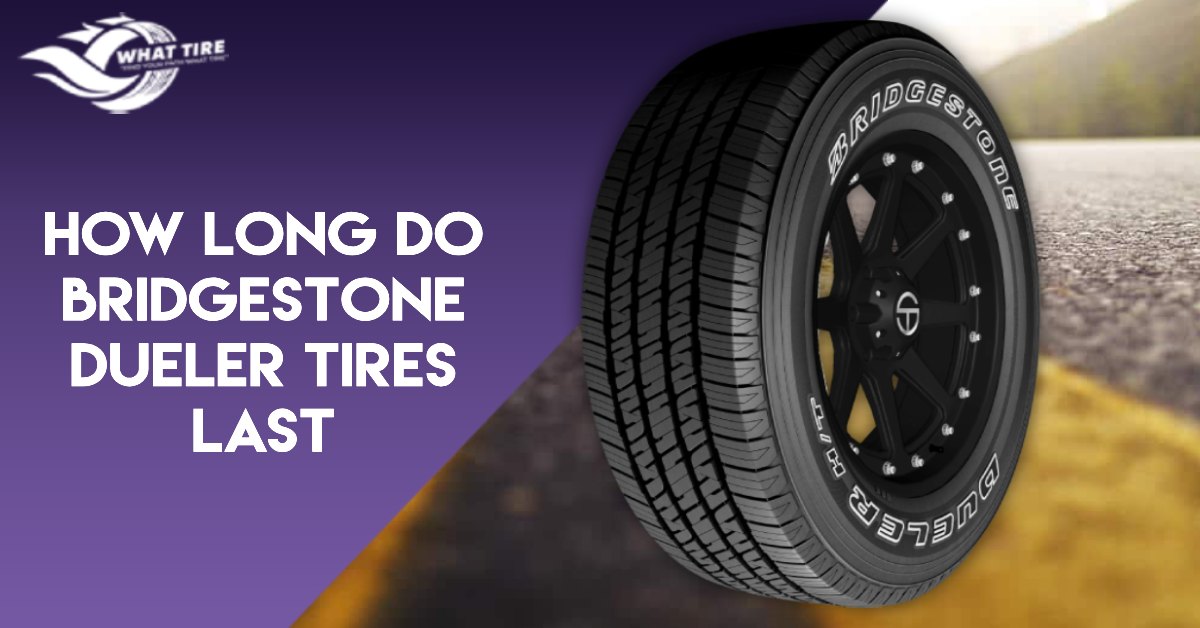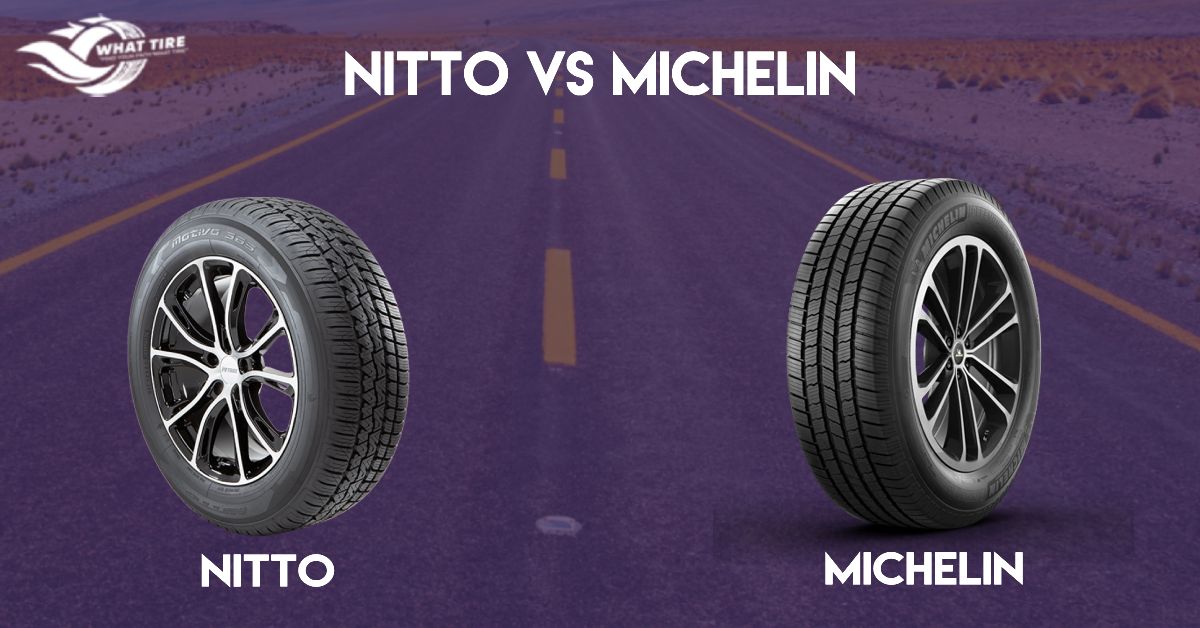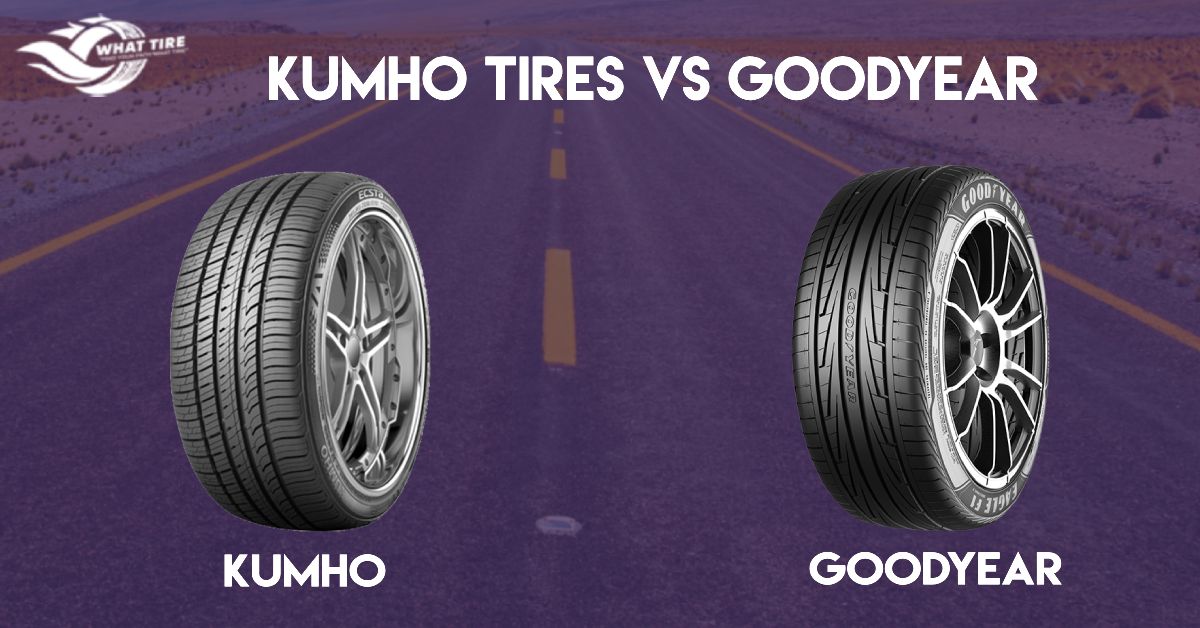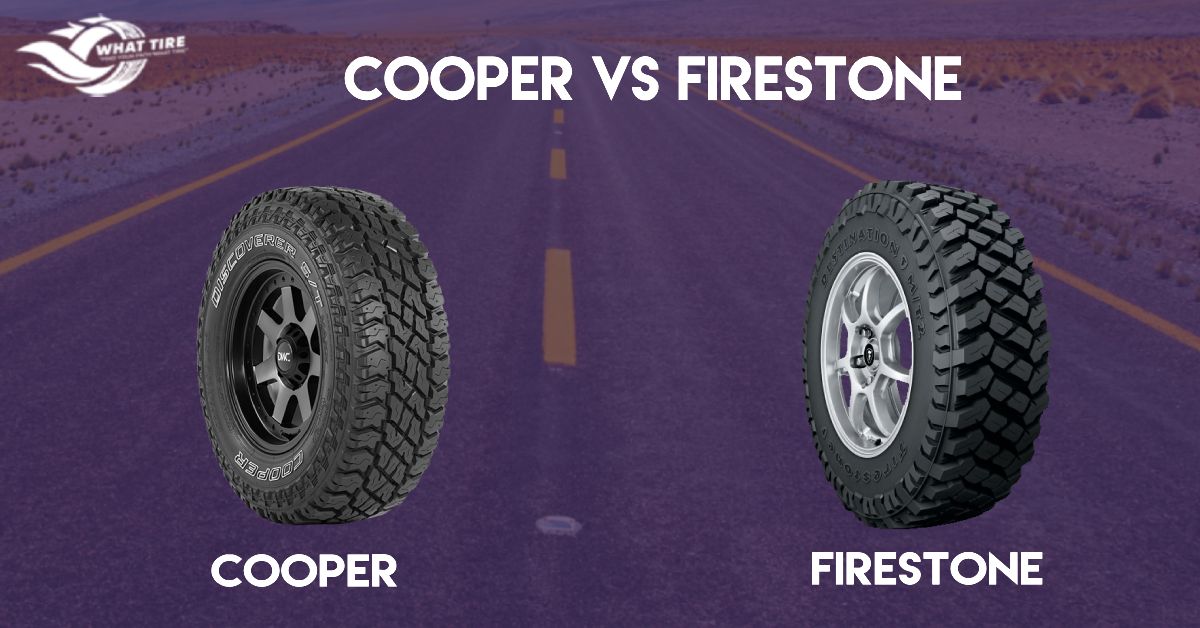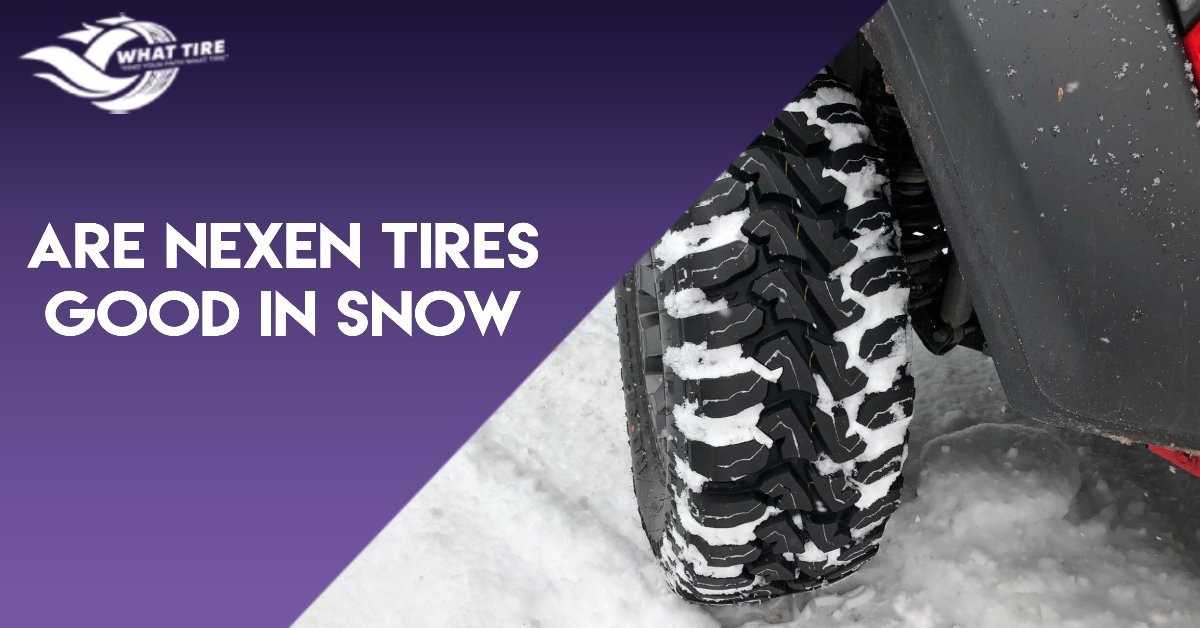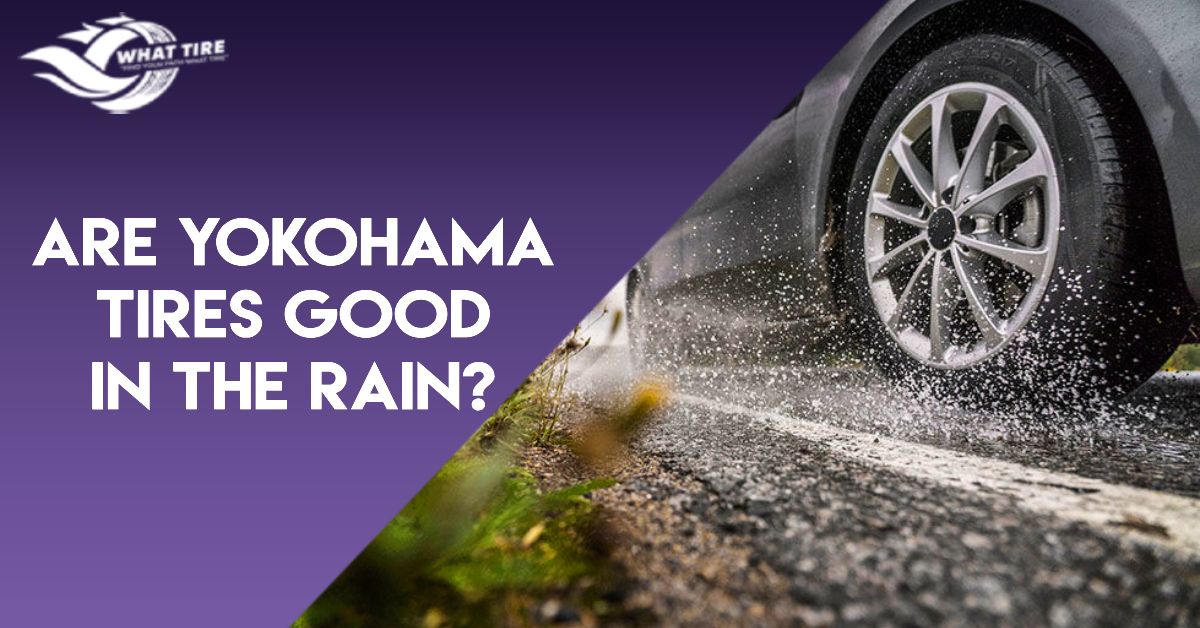As raindrops patter against your windshield and roads glisten with moisture, the performance of your tires becomes paramount.
In these moments, trust in your tires’ ability to grip the wet pavement can make all the difference between a smooth journey and a perilous one.
That’s where Yokohama tires come into play. Renowned for their prowess in challenging conditions, Yokohama tires have earned a reputation for excelling when the skies open up.
In this blog post, we’ll talk about the science behind Yokohama’s wet weather performance, explore specific tire lines, and offer practical tips for driving on rainy roads safely.
Table of Contents
ToggleAre Yokohama Tires Good in the Rain?
Yes, Yokohama tires are good are renowned for their exceptional performance in wet weather conditions. Featuring advanced rubber compounds and innovative tread designs, Yokohama tires offer superior traction and grip on rain-soaked roads.
They are engineered to resist hydroplaning through specialized groove designs and water evacuation channels, providing stability and control even in heavy rain.
Additionally, Yokohama tires provide responsive braking performance, allowing for shorter stopping distances on wet surfaces.
Countless user experiences attest to the reliability and confidence inspired by Yokohama tires in rainy conditions, making them a preferred choice for drivers seeking safety and performance in the rain.
Wet Weather Performance of Yokohama Tires

When rain transforms roads into slippery challenges, the wet weather performance of Yokohama tires stands out as a beacon of reliability and confidence for drivers.
Across various critical aspects, Yokohama tires show their power in maintaining traction, resisting hydroplaning, and providing responsive braking, ultimately enhancing safety and control in rainy conditions.
1. Traction and Grip
Yokohama’s advanced rubber compounds and tread designs work in harmony to deliver exceptional traction and grip on wet surfaces.
The specialized rubber formulations remain pliable in colder temperatures, providing consistent adhesion to the road even in challenging weather conditions.
Additionally, the precisely engineered tread patterns with deep grooves and intricate siping maximize the tire’s contact patch, enhancing grip and stability during acceleration and cornering maneuvers.
2. Hydroplaning Resistance
Yokohama tires are designed to combat hydroplaning through innovative groove designs and water evacuation channels.
Wide circumferential grooves and lateral grooves efficiently channel water away from the tire footprint, reducing the risk of hydroplaning by maintaining continuous contact with the road surface.
Furthermore, the incorporation of hydroplaning prevention features such as arrow-shaped grooves and chamfered edges disrupts water flow and promotes swift water evacuation, providing confident handling even in heavy rain.
3. Braking Performance
In wet conditions where stopping distances can significantly increase, Yokohama tires excel in providing responsive braking performance.
The advanced rubber compounds maintain optimal grip on wet surfaces, allowing for shorter braking distances and better control during emergency stops.
Additionally, the high-density siping and variable pitch tread designs ensure consistent contact with the road, facilitating efficient braking without compromising stability or traction.
4. User Experiences
Countless drivers attest to the impressive wet weather performance of Yokohama tires through firsthand experiences.
Users report enhanced confidence and peace of mind when driving in rain, citing improved traction, reduced hydroplaning, and more responsive handling compared to other tire brands.
Real-world testimonials highlight Yokohama tires’ ability to inspire trust and reliability, making them a preferred choice for drivers seeking safety and performance in wet conditions.
5. Other Considerations
Beyond traction, hydroplaning resistance, and braking performance, Yokohama tires also excel in other aspects crucial for wet weather driving.
These include reduced road noise and improved ride comfort, thanks to advanced tread designs and noise-reduction technologies.
Furthermore, Yokohama’s commitment to durability and longevity ensures that their tires maintain optimal performance throughout their lifespan, providing drivers with peace of mind and long-term value.
Yokohama tires’ wet weather performance exceeds expectations, delivering unparalleled traction, hydroplaning resistance, and braking performance in rainy conditions.
Backed by advanced technologies and real-world user experiences, Yokohama tires stand as a beacon of reliability and safety, offering drivers the confidence to navigate rain-soaked roads with ease and assurance.
How Yokohama Tires Improve Rain Performance of Tires?
By learning about the meticulous craftsmanship and advanced materials used in their construction, we uncover the secrets behind Yokohama’s ability to maintain traction and stability even in the most challenging rain-soaked conditions.
1. Advanced Rubber Compounds
Yokohama employs state-of-the-art rubber compounds tailored specifically for wet weather conditions. These compounds are engineered to remain pliable in colder temperatures, ensuring a consistent grip on wet surfaces.
Additionally, they resist hardening over time, prolonging tire flexibility and traction throughout their lifespan.
2. Tread Design Optimization
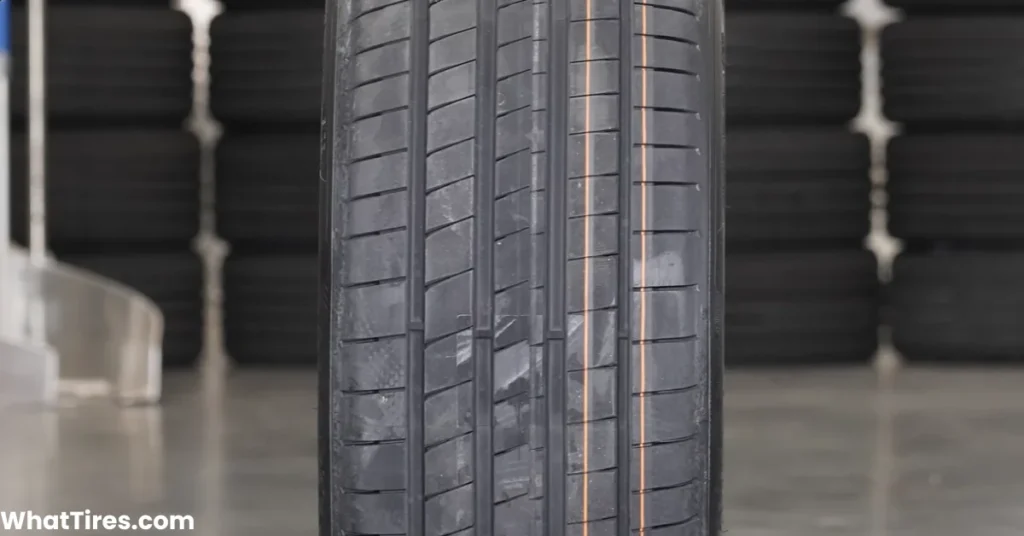
Yokohama’s relentless pursuit of perfection extends to the design of their tire treads. Through rigorous testing and computer simulations,
Yokohama engineers fine-tune tread patterns to maximize water evacuation while maintaining contact with the road surface.
Wide circumferential grooves and lateral grooves efficiently channel water away from the tire footprint, reducing the risk of hydroplaning and enhancing grip.
3. Micro-Silica Compound Blending
One of Yokohama’s hallmark technologies is the incorporation of micro-silica into their tire compounds.
Micro-silica particles enhance both wet and dry traction by improving the tire’s grip on the road surface. This results in improved stability and responsiveness, even in rainy conditions where maintaining control is critical.
4. High-Density Siping
Sipes are small slits in the tread blocks that create additional biting edges for improved traction. Yokohama utilizes high-density siping patterns strategically placed throughout the tread to enhance grip on wet surfaces.
These intricate siping patterns not only increase the number of edges in contact with the road but also help to expel water from the tread, reducing the risk of hydroplaning.
5. Variable Pitch Tread Design
To minimize road noise and improve ride comfort without compromising wet weather performance, Yokohama employs variable pitch tread designs.
By varying the size and spacing of tread elements, Yokohama optimizes the tire’s contact with the road while reducing noise levels, resulting in a quieter and more comfortable driving experience in rainy conditions.
6. Multi-Radius Shoulders
Yokohama tires often feature multi-radius shoulder designs, which enhance cornering stability and grip, particularly in wet conditions.
By distributing forces more evenly across the tire’s contact patch during cornering maneuvers, multi-radius shoulders help maintain control and confidence even when navigating rain-slicked roads.
7. Hydroplaning Prevention Features
Yokohama integrates innovative features into its tire designs specifically aimed at preventing hydroplaning.
These include specialized groove designs, such as arrow-shaped grooves or wave-like patterns, which disrupt water flow and promote efficient water evacuation from the tire footprint.
Additionally, angled tread blocks and chamfered edges further enhance water dispersion, reducing the risk of hydroplaning and maintaining traction in wet conditions.
By combining these cutting-edge technologies with a relentless dedication to performance and safety, Yokohama continues to set the standard for wet weather tire performance, providing drivers with confidence and peace of mind when facing challenging weather conditions.
Conclusion
Yokohama tires unequivocally prove their prowess in rainy conditions, offering unparalleled traction, hydroplaning resistance, and braking performance.
Backed by innovative technologies and real-world user experiences, Yokohama tires stand as a trusted choice for drivers seeking safety and reliability on rain-soaked roads. Trust Yokohama for confident rain driving.
FAQs
While Yokohama tires excel in wet weather conditions, they may not offer the same level of performance in snowy or icy conditions. It’s recommended to use winter tires for such conditions.
Yokohama’s Avid series, particularly the Avid Ascend GT and Avid Envigor, are highly recommended for their wet weather performance.
Yes, Yokohama tires are engineered to provide reliable performance in various levels of rainfall, ensuring safety and control.
Yokohama tires are less prone to hydroplaning due to their efficient water evacuation channels.
Yes, Yokohama tires offer stability and control even when driving on wet roads.

